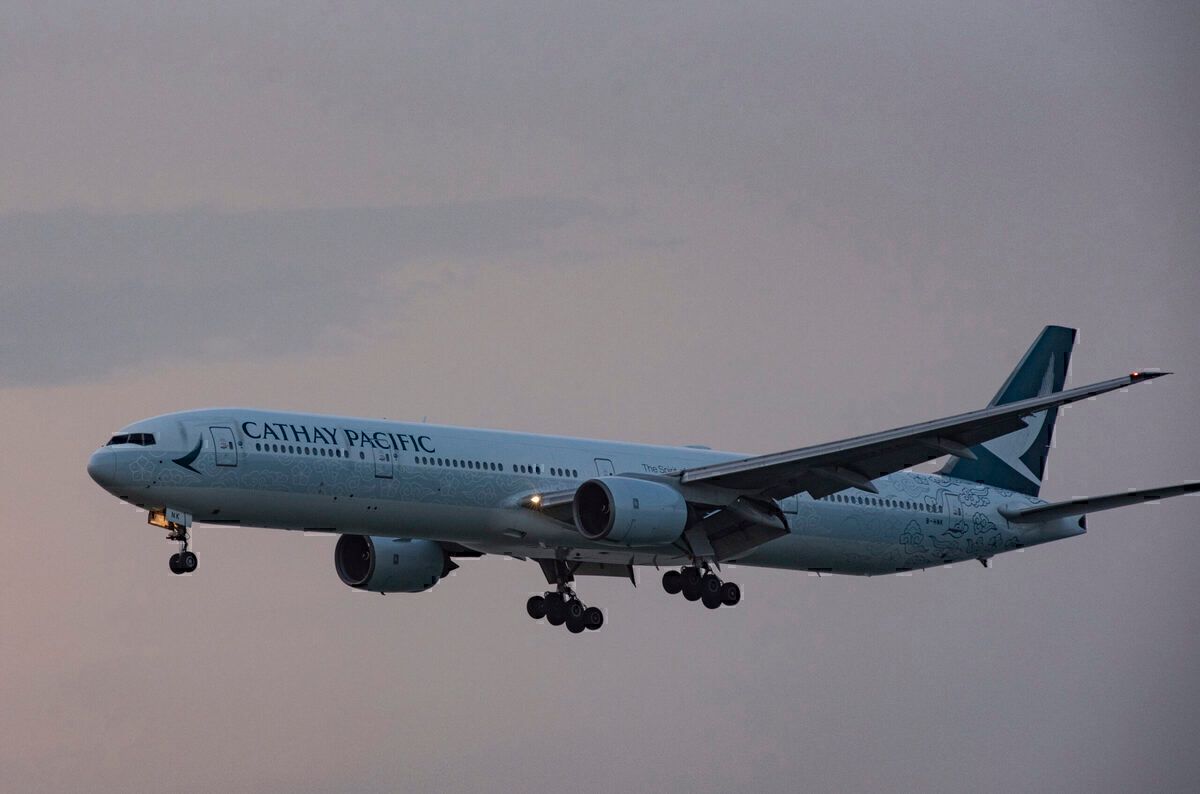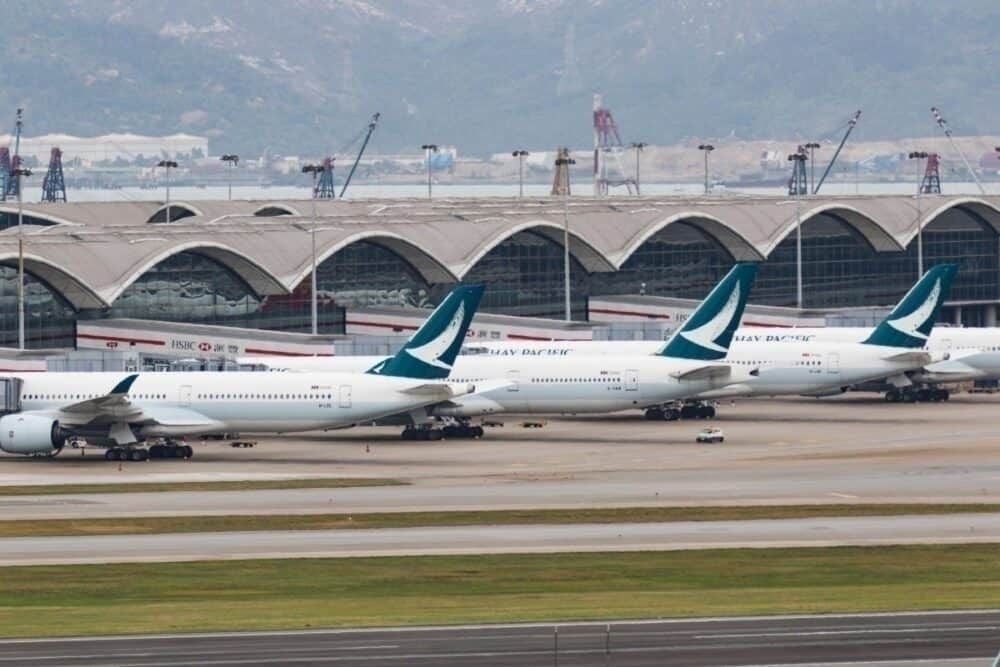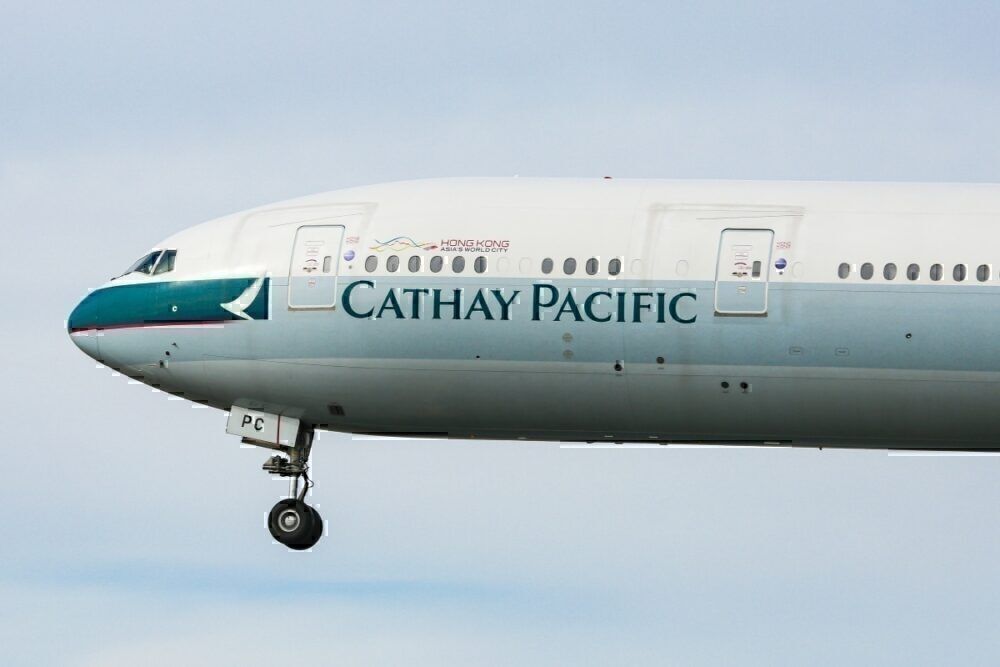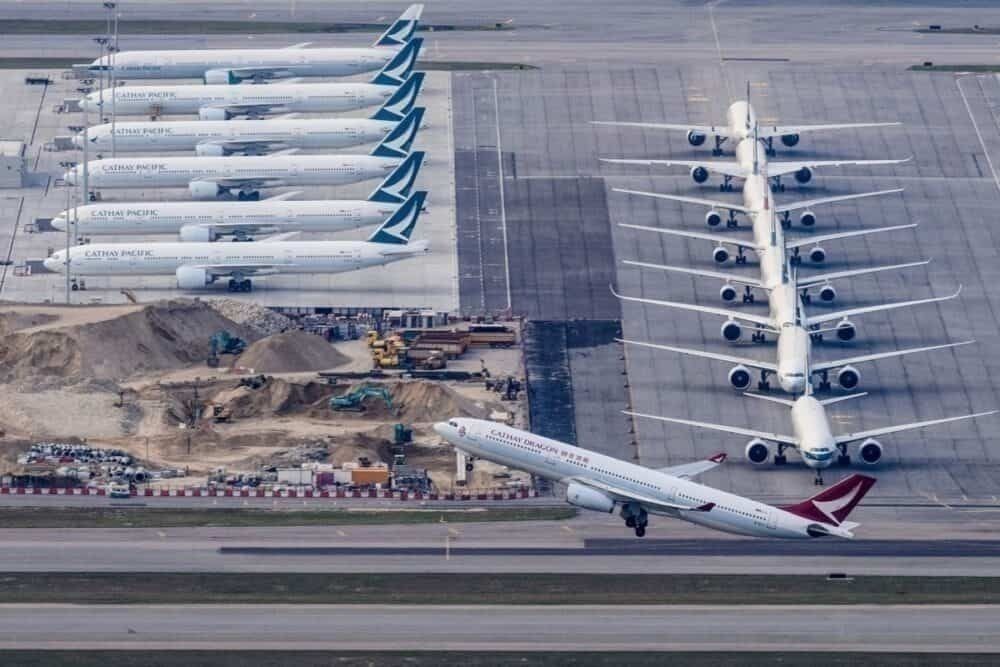Hong Kong's leading airline has made it clear that things are not looking very bright for the rest of 2020, but in 2021, the airline expects to be flying 50% of its pre-crisis capacity. This comes as the airline continues to see passenger numbers down over 98% year-over-year.
Cathay Pacific's capacity
In the airline's September passengers announcement on October 19th, Cathay Pacific Group Chief Customer and Commercial Officer, Ronald Lam, stated the following on the outlook for the airline:
"After carefully studying numerous scenarios facing the industry and our airlines, we expect we will be operating approximately 10% of our pre-pandemic passenger flight capacity for the rest of 2020 and under 50% for overall 2021."
As for why 2021 will be better than 2020, Mr. Lam stated the following:
“Among the multiple scenarios studied, this one is already the most optimistic that we can responsibly adopt at this moment. We assume we will be operating well below a quarter of pre-pandemic capacity in the first half of next year but will see a recovery in the second half of the year – only assuming the vaccines currently under development prove to be effective and are widely adopted in our key markets by summer 2021."
Stay informed: Sign up for our daily aviation news digest.
Cathay Pacific's September
In September, Cathay Pacific and Cathay Dragon only carried 47,061 passengers. This was a whopping 98.1% decrease year-over-year with a load factor of only 24.9%. Capacity was down 91% across the airline. This equates to a daily passenger number of only 1,568.
In the first nine months of 2020, total capacity across both airlines was down 74.8% against an 83.2% decrease in passengers year-over-year.
Last month, Cathay Pacific relied heavily on student traffic to the United Kingdom. The airline launched three charter services from Hong Kong to London to transport transit passengers from the Chinese mainland. The airline also ran a Hong Kong to Tel Aviv charter for transit passengers from Shanghai.
In September, Cathay Pacific operated 525 roundtrip cargo-only flights with chartered Air Hong Kong cargo flights. One such cargo-only run included temporary service to Pittsburgh using reconfigured Boeing 777-300ER "preighters," with some economy class seats removed to carry more freight.
Why are things rough for Cathay Pacific?
While other markets in East Asia, like Vietnam and China, have seen a strong rebound, Cathay Pacific continues to suffer. This is in large part due to the airline's operations. Cathay Pacific has outsized exposure to international travelers, and most of the airline's passengers are connecting in Hong Kong.
Not to mention, long-haul international travel demand remains suppressed, and border closures and travel restrictions have vastly limited Cathay Pacific's ability to fly long-haul routes.
Like plenty of other airlines, Cathay Pacific is banking on the release of an effective vaccine to unlock the airline's key markets. The timing of such a release, and the creation of an effective vaccine itself, however, are unknown and out of Cathay Pacific's control.
Simply put, the later a vaccine comes, the later Cathay Pacific expects its operations to rebound meaningfully. A full recovery is anticipated to take about four years, which Cathay Pacific also appears to be planning for. Until then, Cathay Pacific is buckling up and doing what it can to survive.
In September, the airline announced it would park 40% of its fleet outside of Hong Kong, continue to adapt to reduce its cash burn, and has been weighing job cuts and pay cuts. Back in July, the airline's shareholders approved a $5 billion rescue plan for the airline.
From a capital expenditures viewpoint, Cathay Pacific has deferred Airbus aircraft and is working out plans to defer its 777X orders. This will reduce the airline's cash commitments and ensure the airline does not have too many excess aircraft sitting around.
Are you planning on flying Cathay Pacific in the future? Do you think the airline has the right plan? Let us know in the comments!




